This post is also available in:  English
English 繁體中文 (Chinese (Traditional))
繁體中文 (Chinese (Traditional))
How to choose children's clothing suitable for children?
LIFESTYLE / 2023-04-12

- How to choose the size of children's clothing?
- What is the price range for children's clothing?
- Which materials should be chosen for children's clothing that is more suitable for children?
- How should children's clothing be maintained?
- Which style should children's clothing choose?
- Should children's clothing focus on design or practicality?
- How to judge whether the quality of children's clothing is good?
- How should the color of children's clothing be matched?
- How to match children's clothing?
- Are prints on children's clothing safe?
How to choose the size of children's clothing?
The size selection of children's clothing can refer to the following points:
Age group: Usually the label of children's clothing will indicate the age range suitable for the size, and you can refer to the size of the age group for selection.
Height: Height is also an important indicator for choosing the size of children's clothing. You can refer to the height range corresponding to the size to choose.
Weight: In the same size, lighter children may feel looser, while heavier children may feel more cramped, you can consider trying them on before making a decision.
Personal Preferences: Some parents prefer their children's clothes to be more fitted, while others prefer their children to be dressed looser and more comfortable. You can choose the size according to your personal preference.
It should be noted that the size of children's clothing of different brands may be different, it is recommended to try on or refer to the size chart of the brand to make a choice. In addition, children's height and weight may change during their growth, so you can choose a slightly larger size to avoid premature downsizing.
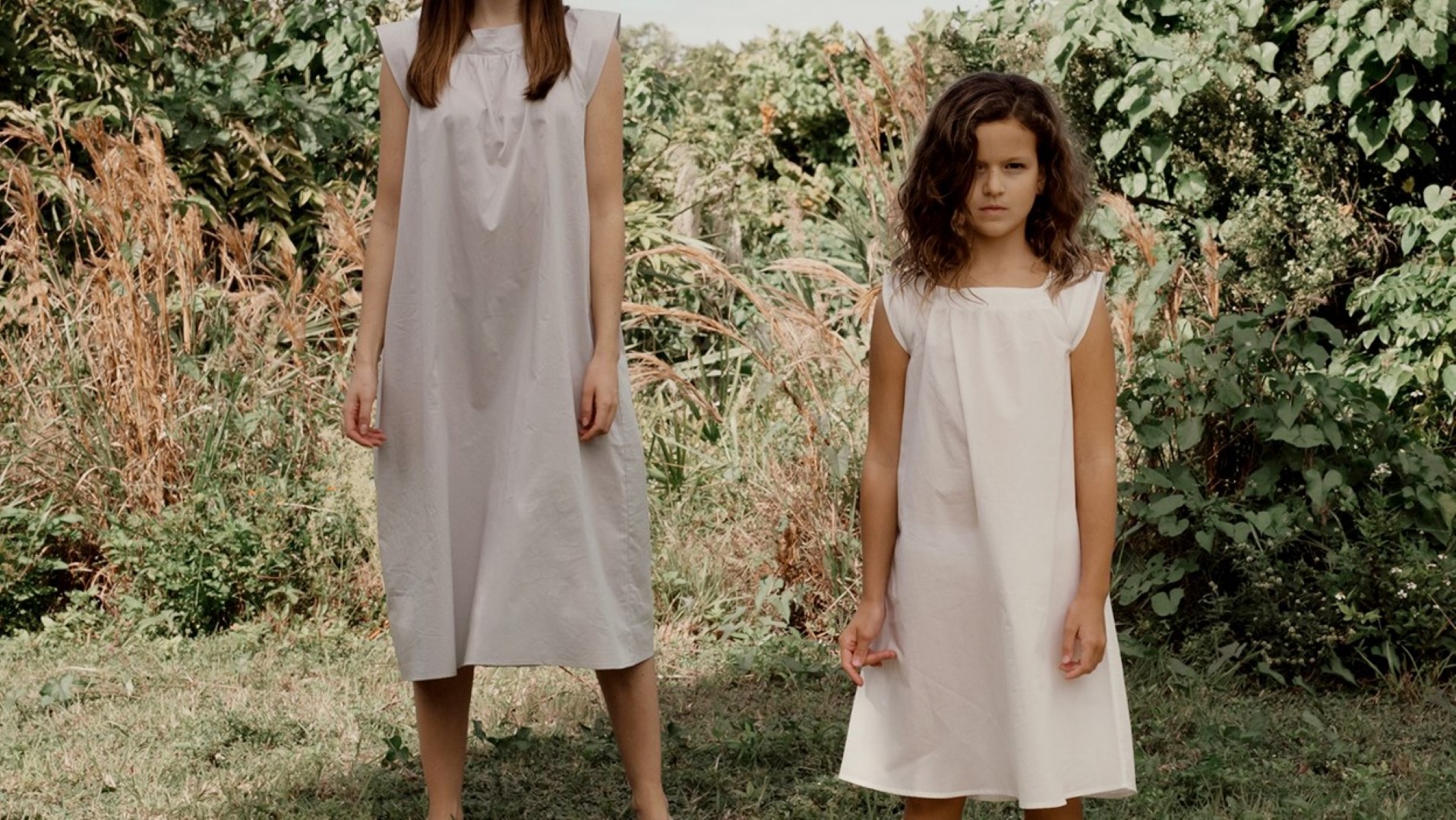
What is the price range for children's clothing?
The price range of children's clothing will vary depending on the brand, design, material and more. Generally speaking, the price of children's clothing can be divided into the following ranges:
Fair-priced children's clothing in the market: These children's clothing are relatively cheap, generally between tens of yuan and several hundred yuan, and can usually be found in some large shopping centers or markets.
Mid-to-high-priced children's clothing: These children's clothing are relatively expensive, generally ranging from a few hundred yuan to a thousand yuan, with good quality and design, and can be purchased in specialized children's clothing stores or department stores.
High-end children's clothing: The price of these children's clothing is relatively high, generally more than 1,000 yuan. The design, material and craftsmanship are very fine. Most of them are products of internationally famous brands, which can be purchased in specialty stores or high-end department stores.
It should be noted that the price does not necessarily mean the quality is good or bad. When choosing children's clothing, you should comprehensively consider various factors such as material, design, and quality, and choose children's clothing that suits your child.

Which materials should be chosen for children's clothing that is more suitable for children?
The selection of children's clothing should take into account the child's skin characteristics and activity needs. The following are several common children's clothing materials and their characteristics:
Pure Cotton: Pure cotton is a soft and comfortable natural material with excellent moisture absorption and air permeability, which is very suitable for toddlers and children.
Linen: Linen is a natural high-quality textile material, which is comfortable, breathable, and hygroscopic, but relatively expensive.
Silk: Silk is a high-grade natural textile material with a soft touch and high gloss, but it is relatively easy to wrinkle and is not suitable for children's active needs.
Wool: Wool is a material with very good thermal performance, but it should be noted that some wool can cause skin sensitivity. Parents are advised to pay attention to their children's skin reactions when choosing.
In addition, some synthetic materials with sun protection and water resistance are also very suitable for children's clothing, which can provide extra protection for children in outdoor activities. It should be noted that when choosing materials for children's clothing, natural materials should be given priority, and materials that are irritating to children's skin or not breathable should be avoided.
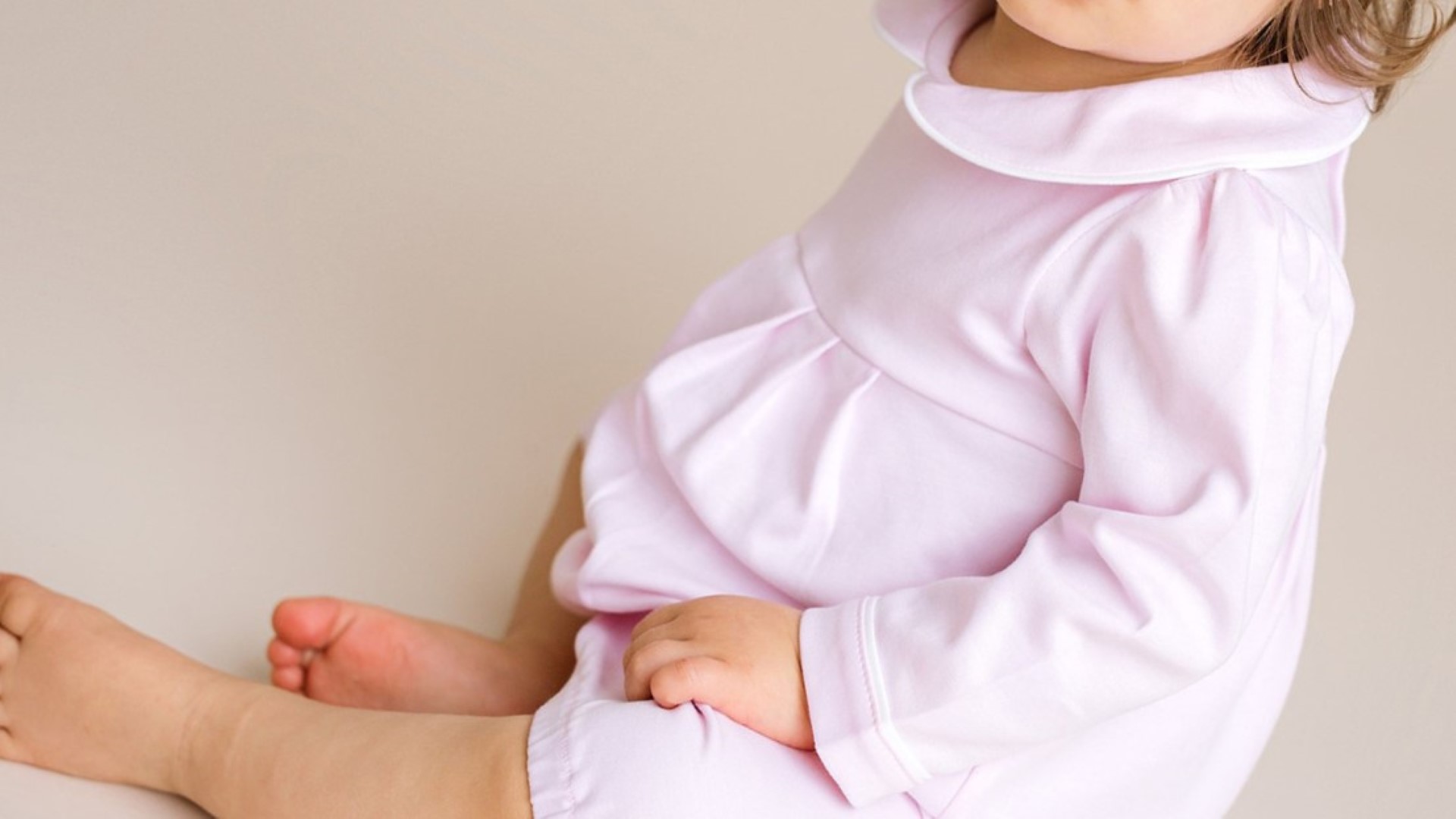
How should children's clothing be maintained?
The maintenance of children's clothing is very important, which can prolong its service life and ensure the comfort and hygiene of children's clothing. Here are some basic maintenance methods for children's clothing:
Pay attention to the washing method: when washing children's clothing, follow the washing instructions and precautions on the children's clothing. Generally speaking, neutral detergent should be used for children's clothing, and bleach and strong alkaline cleaners should be avoided.
Classified washing: children's clothing has different colors and materials, and should be washed according to the colors and materials to avoid color difference or deformation due to different materials and colors during the washing process.
Avoid rubbing: When washing children's clothes, try to avoid rubbing, so as not to damage the fiber structure and design of the clothes. It is best to use gentle hand washing.
Indoor air drying: Children's clothing should avoid direct sunlight when air drying, and it is best to air dry in a ventilated room.
Pay attention to ironing: When ironing children's clothes, you should follow the ironing signs and precautions on children's clothes, and avoid high-temperature ironing to avoid burning the clothes.
It should be noted that different brands and materials of children's clothing may have different maintenance methods. Parents are advised to carefully read the washing labels and precautions of children's clothing when purchasing, and follow the instructions for maintenance.
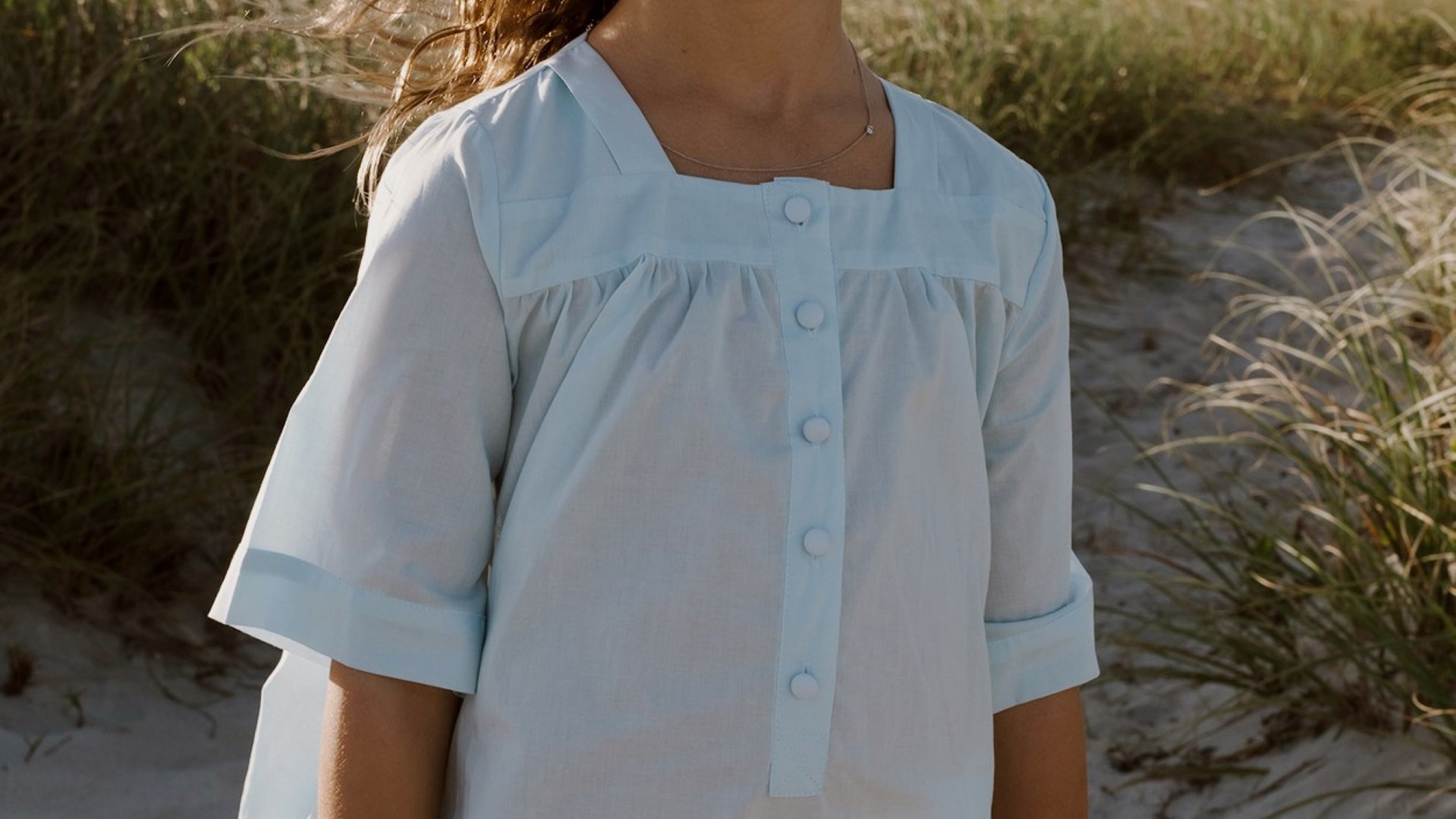
Which style should children's clothing choose?
The style of children's clothing should be selected according to factors such as the child's age, gender, personality, and activity needs. Here are some common styles of children's clothing:
Casual Style: Casual style kids clothing is usually comfortable, functional and suitable for everyday wear. This style of children's clothing is simple in design, mainly in light colors, and is usually made of comfortable materials such as pure cotton, linen, and denim.
European and American style: European and American style children's clothing is usually designed with a sense of fashion and personality, and has bold, rich colors and patterns. This style of children's clothing is usually made with high-quality fabrics and workmanship, making it ideal for special occasions or parties.
Preppy style: Preppy kids wear is usually dominated by neutral tones, with simple, clean designs that are suitable for school or academic occasions. This style of children's clothing usually has items such as shirts, skirts, pants, backpacks, etc. for older children.
Fashionable sports style: The design of fashionable sports style children's clothing is full of vitality and movement, suitable for sports, outdoor and other activities. Children's clothing in this style is usually made of stretchy, breathable materials and designed for comfort and freedom.
Generally speaking, the choice of children's clothing styles should take into account the needs and activities of children, and follow the principles of age, comfort and practicality.

Should children's clothing focus on design or practicality?
The design and practicality of children's clothing are very important, and the two should reach a balance. Here are some considerations:
Age: Younger children are more concerned about the comfort and safety of clothes, so the practicality of children's clothing is more important. While older children pay more attention to the fashion and design of clothes.
Season and climate: The material, style and color of children's clothing should take into account the climate and weather of the season to ensure the child's comfort and health.
Event Occasions: Different event occasions require different styles and styles of children's clothing, such as sports, school, parties, etc.
Material and workmanship: The material and workmanship quality of children's clothing is not only related to comfort, but also affects the durability and safety of children's clothing.
Generally speaking, both design and practicality of children's clothing should be paid attention to, and children's needs and activity occasions should be considered in order to choose the most suitable children's clothing.
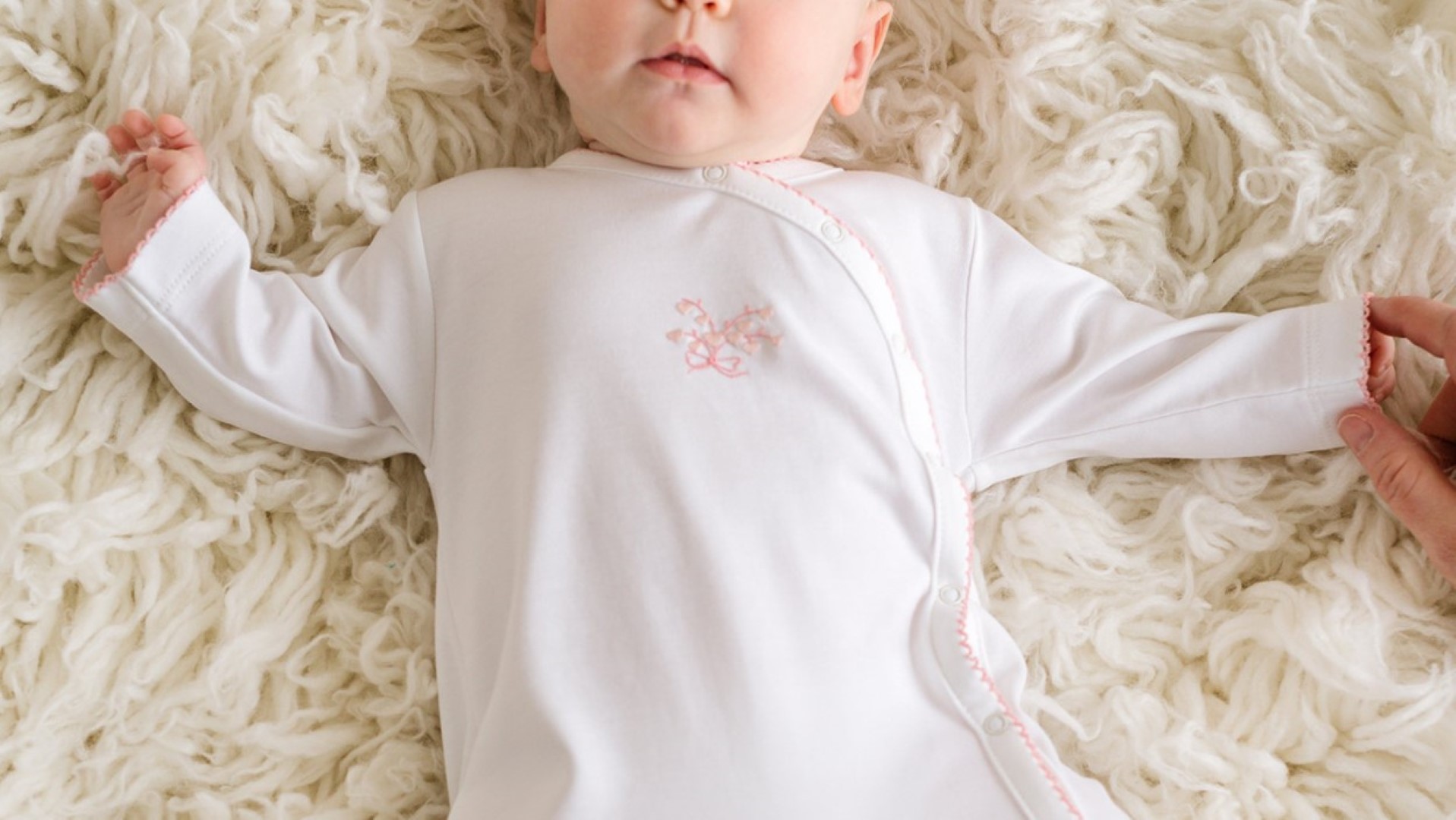
How to judge whether the quality of children's clothing is good?
The following are some indicators to judge whether the quality of children's clothing is good:
Materials: Good materials for children's clothing should be comfortable, soft, breathable and elastic. Common high-quality materials include pure cotton, linen, silk, wool and natural fibers.
Sewing: Sewing on children's clothing should be flat, firm and neat. If the stitches are falling off, breaking, or uneven, it usually means that there was a problem with the manufacturing process and the quality is not good.
Fittings: Good kidswear fittings should be firm and tight. Things like zippers, buttons, and hooks should open and close smoothly and easily, and should not come off or break easily.
Size: The size of good children's clothing should meet the standard, and the proportion of each part should be coordinated. Only in this way can the comfort and aesthetics of the child be guaranteed.
Color: The color of good children's clothing should be uniform and bright, not easy to fade and deform. If the clothes are dyed unevenly and the colors are fading badly, this usually indicates poor quality children's clothing.
Generally speaking, good children's clothing should use high-quality materials, the sewing process should be meticulous and firm, the accessories should be durable, the size should be appropriate, and the color should be uniform. If the above indicators are met, then the quality of this children's clothing is very good.
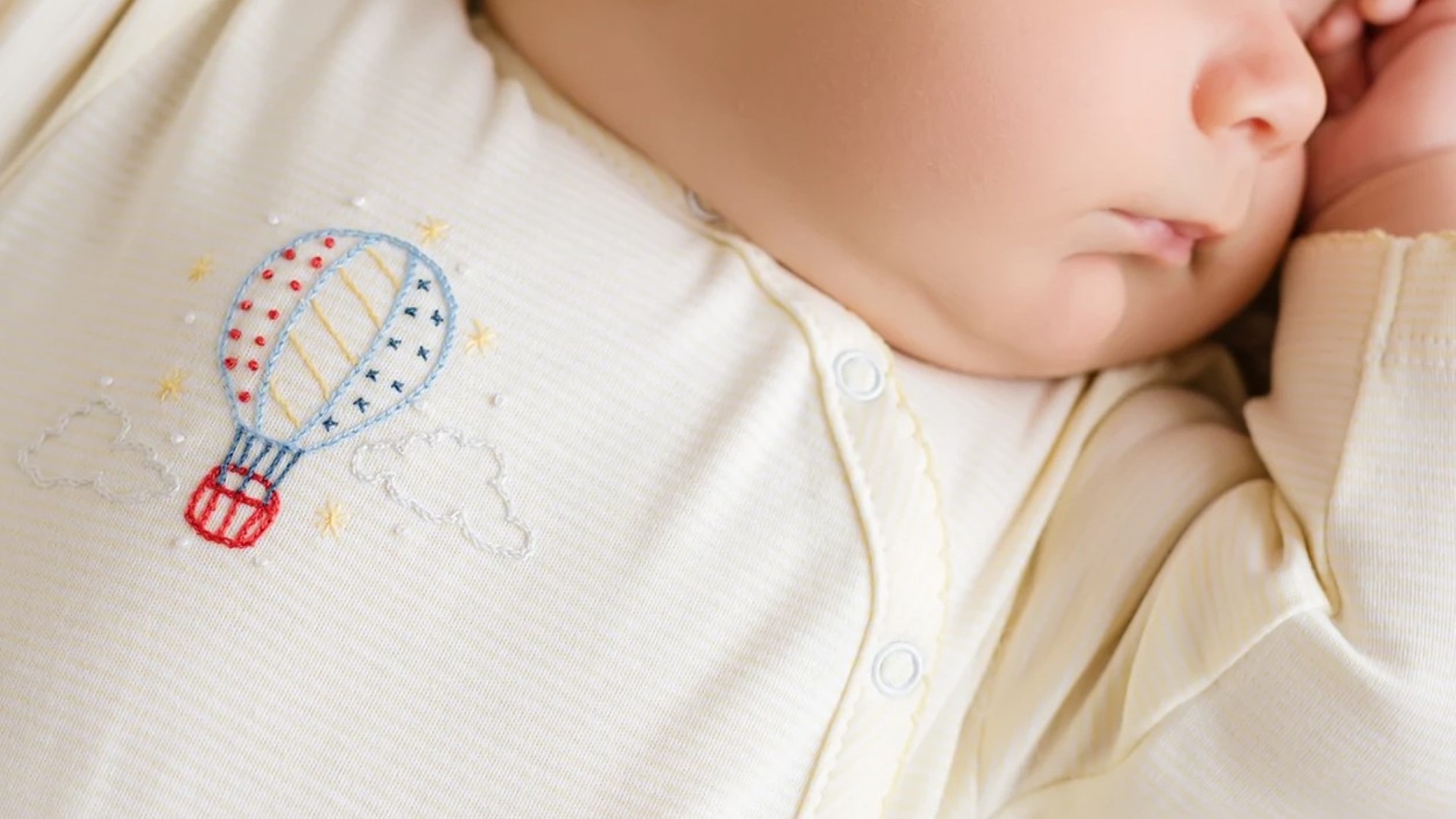
How should the color of children's clothing be matched?
The color matching of children's clothing can refer to the following suggestions:
Simple color system: Simple color system includes black, white, gray, beige, khaki, etc. These colors are relatively basic and easy to match, very suitable for children's clothing. You can choose dark and light colors together, or use light or dark alone as the main color.
Bright colors: children's clothing can also use bright colors, such as red, yellow, blue, green and so on. However, you need to pay attention when matching, and choose similar or compatible colors for matching to avoid too dazzling or uncoordinated effects.
Matching of plain colors and patterns: If you like to use patterns, you can choose to match them with plain colors, such as basic colors such as black or white. This can not only maintain the overall simplicity and elegance of children's clothing, but also add some fun and visual effects.
Color block matching: Color block matching is a relatively new and popular way of matching. You can choose a variety of different colors for matching, which can be similar or contrasting colors. But be careful not to match too many colors, so as not to be too confusing.
Color matching: Color matching refers to the use of similar color tones, such as light blue and dark blue, or light yellow and light green. This can increase the coordination and unity of the overall tone.
Generally speaking, the color matching of children's clothing should follow the principles of simplicity, elegance, and coordination, and should not be too fancy or confusing. At the same time, it is also necessary to choose according to the age, gender, personality, etc. of the child to create a style and image suitable for the child.
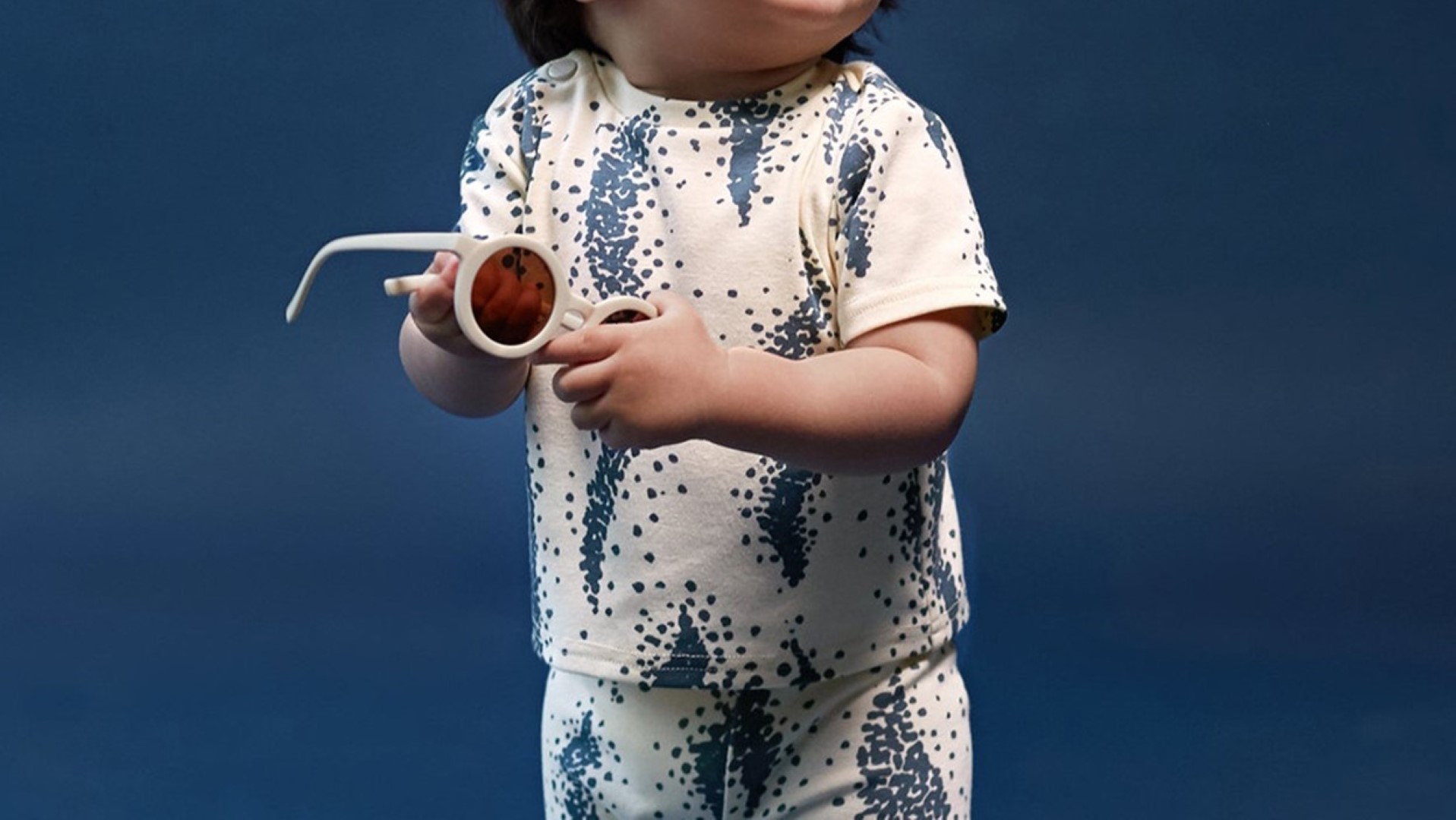
How to match children's clothing?
Here are some suggestions for dressing children's clothing:
Comfort: First of all, comfort should be the main consideration when wearing children's clothing. Choose soft and comfortable materials and a size that conforms to your child's body shape to ensure that your child can move and play freely.
Festivals and Occasions: When children are going to a festival or special occasion, they can be dressed according to the theme or mood of the occasion. For example, you can choose clothing with Christmas elements at Christmas time, or wear brightly colored costumes at birthday parties.
Season and Weather: Season and weather are also important considerations in choosing children's clothing. Choose from a chunky coat, sweater, and boots on cold winter days; light, breathable clothing and sandals on hot summer days.
Preferences and styles: According to your child's preferences and personality, you can choose clothing that matches your style and preferences. For example, some children like sports style, they can choose sports shirts and sneakers; some children like light and mature styles, they can choose shirts and jeans.
Color matching: When dressing, you must also consider the problem of color matching. You can choose a single color matching, or you can choose to mix and match colors, but pay attention to the coordination and overall sense of color matching.
Generally speaking, children's clothing should be worn with the child's comfort and freedom as the primary consideration, but also factors such as occasion, season, preference and style.
.
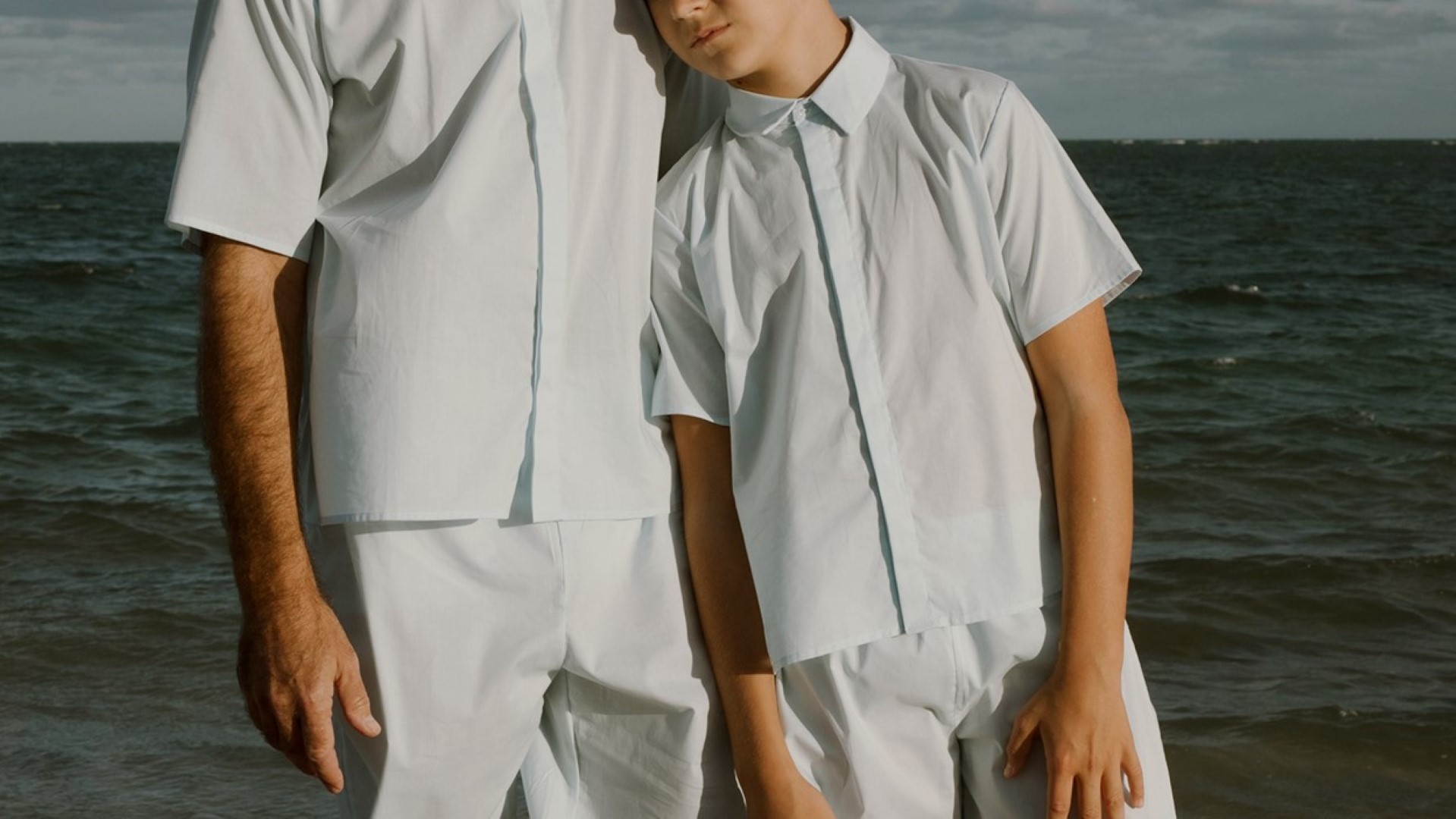
Are prints on children's clothing safe?
The safety of printed patterns on children's clothing is an issue that needs attention, because some printed patterns may contain harmful substances, which are harmful to children's health. Here are some suggestions for the safety of printed patterns on children's clothing:
Choose a reliable brand: choose a well-known brand, especially a certified brand, which can ensure the safety of children's clothing printing patterns.
Confirm printing materials: Children's clothing printing materials usually include inks and pigments, etc. It is necessary to confirm whether they meet relevant safety standards, such as OEKO-TEX® Standard 100, etc.
Pay attention to the needs of different age groups: For children of different age groups, the printing materials and safety standards are also different, and you need to pay attention to choosing products that meet this age group.
Avoid Toxic and Hazardous Substances: Make sure that the prints on children’s clothing are free of harmful substances such as azo dyes, heavy metals, etc., which may be harmful to the health of the child.
Pay attention to product certificates: When purchasing children's clothing, you can check the certificates and labels of the products to ensure that the products comply with relevant safety standards and regulations.
In short, when purchasing children's clothing, you need to pay attention to the safety of printed patterns, pay attention to choosing reliable brands and materials, and avoid the existence of toxic and harmful substances.


